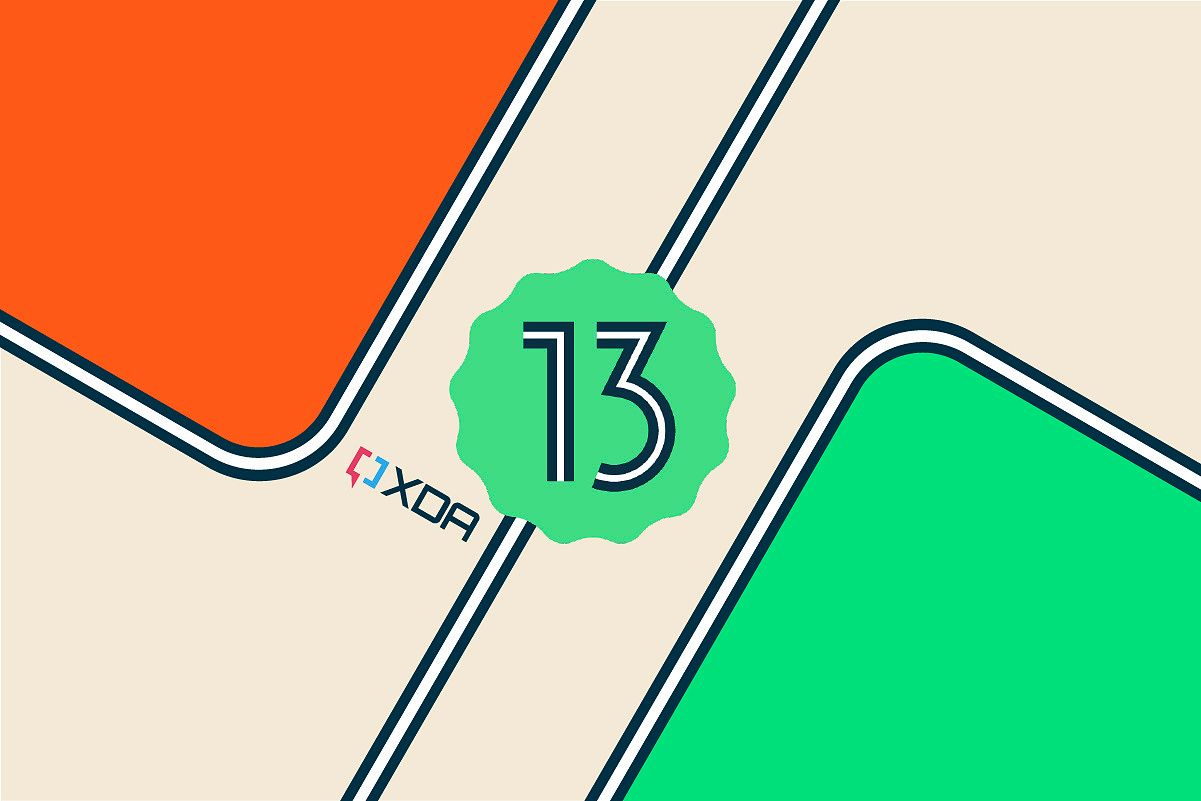Android 13 QPR1 was originally released towards the beginning of September, with Beta 2 landing at the beginning of last month and Beta 3 just being released a couple of weeks ago. Now, Google has delivered its latest Android update with the release of QPR1 Beta 3.1. It was just made available to supported Pixel devices, meaning if you have a Pixel 4a, Pixel 4a 5G, Pixel 5, Pixel 5a, Pixel 6, Pixel 6 Pro, Pixel 6a, Pixel 7, or Pixel 7 Pro, you can now download this update as long as you are in the beta track.
The latest build, T1B3.221003.008, is classified as a minor update, so you won't see any new features added here, but in return, it does bring a lot of bug fixes. In its release notes, the following issues have been listed as resolved:
-
Fixed a platform issue that caused apps to crash when they were using a
MediaSessionto handle input from hardware media playback buttons. (Issue #251798994, Issue #252665746, Issue #251381423, Issue #251513135, Issue #255500998) - Fixed issues where a device's GPU drivers sometimes caused the system UI to freeze during normal device use.
- Fixed an issue where Pixel phones sometimes displayed an incorrect "Missed call" notification instead of "Call answered on another device" when the call was answered remotely by Pixel Watch (in untethered mode).
- Fixed an issue that sometimes caused the Google Camera app to crash.
- Fixed an issue that prevented Google Assistant from being activated by hotword on some devices.
- Fixed an issue that prevented motion-based gestures, such as "Lift to check phone" or "Flip to Shhh", from working on some devices.
- Fixed an issue that sometimes caused artifacts to display when recording or viewing video on some devices.
- Fixed an issue that sometimes caused the Google Camera app to launch slowly.
- Fixed an issue for Pixel 6a devices that sometimes caused the CarrierSettings to crash when inserting a SIM card.
- Fixed that issue that prevented the "Go to browser" option in the notification shade from working while using an instant app.
If you'd like to try out this beta, you can do so by heading to the source link below. You will need to have your device enrolled in Google's beta program or sideload the update manually. You can do this by signing in to your account and seeing which Android devices are eligible for the program. Once enrolled, you will be able to download the latest update and also give feedback using the Issue Tracker.
As for why the company is releasing a Beta 3.1 build (instead of releasing these fixes in Beta 4), it's likely just because of the number of bug fixes. Google has, in the past, released interim beta builds with fixes to tide users over to the next build. We saw this quite frequently with Android 13, with Beta 3 having two interim releases before Beta 4 arrived.
As a warning, this is a beta, so while there are plenty of fixes, there could also be plenty of problems. As you can see from the fairly lengthy changelog above, it's not impossible that there may be problems if you install this build. While it's advised to use a secondary device if you have one, be sure to back up anything important on your phone before you start the process if you're using your daily driver. On top of that, take a look at how to download Android 13 and how to install it on your device.

